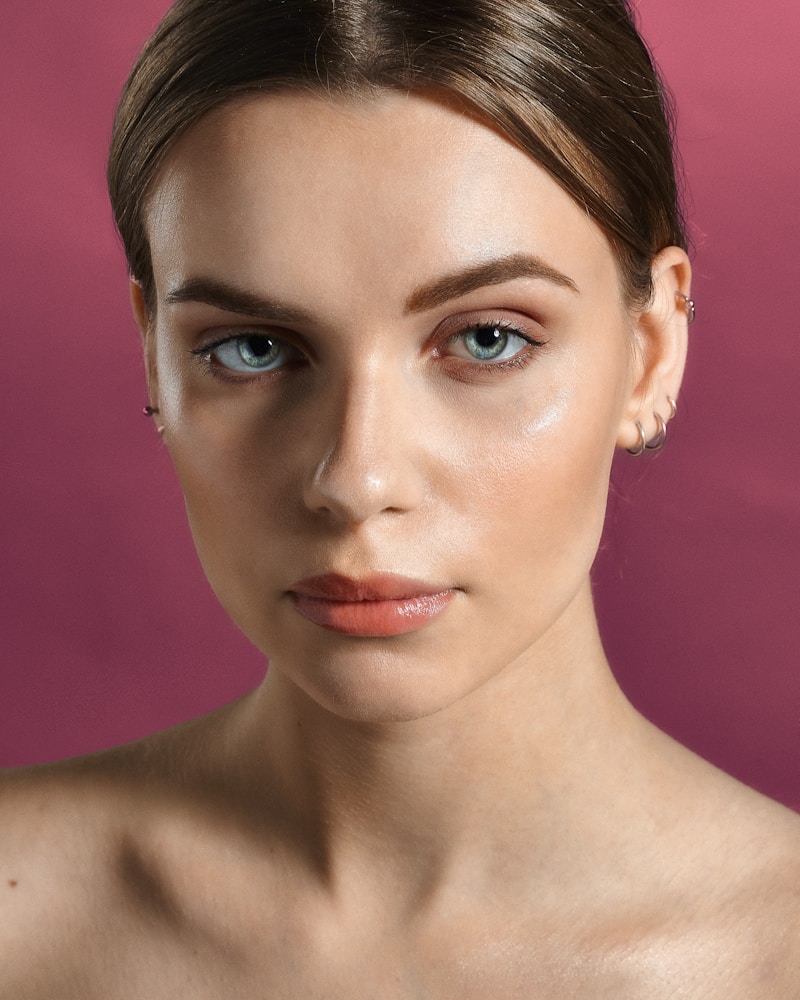The Impact of Lighting on Makeup Appearance: A Comprehensive Guide
The Impact of Lighting on Makeup Appearance: A Comprehensive Guide
In the world of beauty and cosmetics, lighting plays a pivotal role in how makeup appears on the skin. The way light interacts with makeup can significantly affect its overall look, texture, and how it photographs. Understanding the impact of lighting on makeup can help beauty enthusiasts, makeup artists, and everyday users achieve flawless results in their beauty routines. In this article, we will delve into various aspects of lighting, including types of lighting, their effects on makeup appearance, and tips for achieving the perfect look under different lighting conditions.
Types of Lighting and Their Effects
Lighting can be categorized into various types, each with unique qualities that influence makeup's visual appeal. Below, we discuss three primary types of lighting:
| Type of Lighting | Description | Makeup Effect |
| Natural Light | Sunlight or daylight that provides soft, even illumination. | Enhances the natural skin tone and gives a fresh look. |
| Fluorescent Light | Commonly found in office settings and stores, providing a stark, cool tone. | Can make skin appear washed out or highlight imperfections. |
| Incandescent Light | Warm light typically found in home settings that creates a cozy atmosphere. | Can add warmth but may obscure details, leading to heavy makeup application. |

Natural Light: The Best Friend of Makeup
Natural light is often regarded as the gold standard for makeup application. It provides the most accurate representation of how makeup will appear in real-world conditions. Here are some key points regarding natural light:
Visibility of ImperfectionsIn natural light, all imperfections are visible, pushing makeup artists to apply products more carefully to ensure everything looks flawless. This lighting helps in selecting the right shades of foundation, concealer, and blush, as it allows individuals to see the true colors against their skin tone.
Best Time for ApplicationThe best time for makeup application in natural light is during the day, particularly in the morning or early afternoon. This time frame allows individuals to take advantage of soft daylight, which creates a gentle glow. Be sure to face a window or apply makeup outside for the best results.
Fluorescent Light: The Challenge of Brightness
Fluorescent lighting is often used in various indoor spaces, such as offices and retail stores. While it can be convenient, this type of lighting can present some challenges:
Harsh ShadowsFluorescent lights can cast harsh shadows on the face, making it difficult to see the full effect of makeup. To counteract this, it is essential to use high-quality products and blend them well to minimize the appearance of shadows.
Color DistortionThis type of light can distort colors, creating an unflattering representation of makeup. It may cause blushes to appear overly bright or lip colors to look off. When applying makeup under fluorescent lights, opt for more muted tones to avoid stark contrasts.
Incandescent Light: Warm Yet Deceptive
Incandescent lighting adds warmth and is often used in homes. However, it can be deceptive regarding makeup appearance:
Warm GlowWhile this light creates a cozy, flattering effect, it can make makeup look heavier than it actually is. To create a more natural look, choose lightweight, buildable products instead of full-coverage formulas.
OvercompensationIn a warm light setting, many individuals tend to apply more makeup than necessary to achieve the desired look, resulting in a cakey appearance. It's crucial to maintain a balance and apply makeup in layers.
Makeup Application Tips for Various Lighting Conditions
To achieve stunning makeup looks regardless of lighting conditions, here are some helpful tips:
1. Test Your Makeup in Different Lights
Before committing to a specific look for the day, it's wise to test your makeup under different lighting situations. Check yourself in natural light, fluorescent, and incandescent lighting to ensure that the look is flattering in all situations.
2. Use the Right Products
Invest in high-quality makeup products that are designed to perform well under various lighting conditions. Look for foundations that have a natural finish and blushes that blend seamlessly.
3. Choose the Right Tools
The tools used for application also matter. A good quality foundation brush, beauty sponge, or stippling brush can help you achieve an even texture and a flawless finish.
4. Layering and Blending
Layering products such as foundation, concealer, and highlighter can create a more natural look. Ensure that everything is well-blended to prevent any harsh lines or patches.
5. Set Your Makeup Wisely
Setting your makeup with a good quality setting spray can help it endure changes in lighting throughout the day. It can also keep your makeup looking fresh in different environments.
Conclusion: Embracing the Art of Lighting in Makeup
Understanding the impact of lighting on makeup appearance can dramatically influence how professionals and everyday users approach their beauty routines. Each type of lighting—natural, fluorescent, and incandescent—has its unique characteristics and potential challenges, but with the right knowledge and techniques, you can master the art of makeup application. Always consider testing your look against various light sources and using high-quality products to achieve a flawless appearance. By adapting to the lighting conditions, you can enhance your beauty and ensure that your hard work in applying makeup translates beautifully, no matter where you are.
In summary, lighting is a critical component in makeup application that should not be overlooked. With these guidelines and insights, beauty enthusiasts can confidently embrace every lighting situation and shine bright wherever they go.
Key Takeaway: No matter the lighting condition, being aware of how different lights influence your makeup appearance is essential for achieving flawless results. Experiment and find what works best for you!
